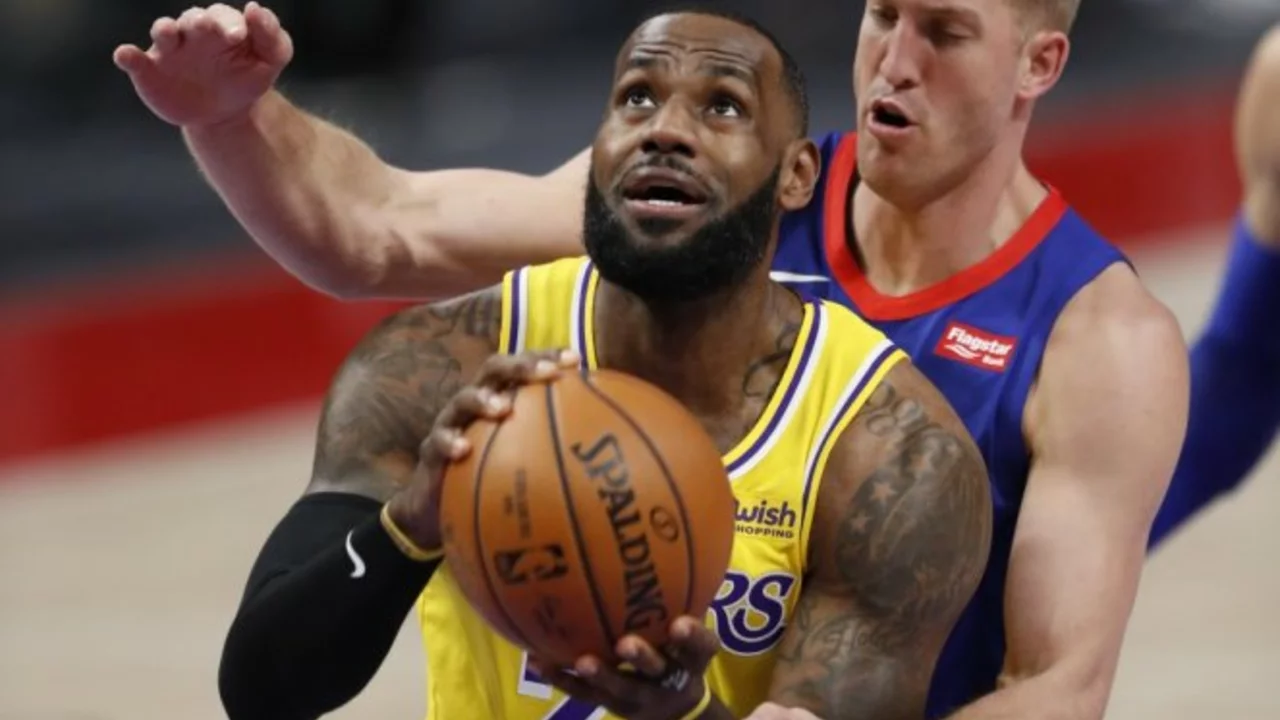Career Longevity: Simple Steps to Play Longer
Want to stay in the game longer? Whether you’re a weekend warrior or a pro, the same basics help you stretch your sports career. It’s not about miracle pills; it’s about everyday choices that add up.
Smart Training Habits
First off, train smarter, not harder. That means mixing intensity with recovery. A typical week might look like two high‑intensity sessions, two low‑key skill or technique days, and two easy‑move days. The high‑intensity work should focus on sport‑specific drills that push your limits, while the low‑key days let your body adapt without a lot of wear and tear.
Cross‑training is another big win. Swapping a run for a swim or a bike ride reduces joint stress and builds complementary muscles. Jim Otto, the NFL Hall of Famer, kept his knees in shape by adding low‑impact work even though he played a hard‑hitting sport.
Don’t forget proper warm‑ups and cool‑downs. A five‑minute dynamic warm‑up—leg swings, arm circles, light jog—primes muscles for work and cuts injury risk. After a session, static stretches for 30 seconds each help reset muscle length and keep flexibility high.
Recovery and Lifestyle
Recovery is where the magic happens. Sleep is non‑negotiable; aim for seven to nine hours a night. Your body does most of its repair while you’re asleep, so a consistent bedtime routine pays off.
Nutrition fuels both performance and repair. Focus on lean protein, whole grains, and plenty of fruits and veggies. Omega‑3 rich foods like salmon or walnuts calm inflammation, which is crucial for long‑term joint health.
Hydration matters, too. Even mild dehydration can make you feel sluggish and increase injury odds. Keep a water bottle handy and sip regularly, especially during hot practice sessions.
Mental health is part of longevity as well. Stress can sap energy and slow recovery. Simple habits—breathing exercises, short walks, or a hobby away from the sport—keep the mind fresh. LeBron James shows that mental sharpness can offset a slower body as you age.
Finally, listen to your body. If a sore spot lingers, give it extra rest or see a professional. Ignoring minor aches often leads to bigger problems that can cut a career short.
Putting these pieces together—balanced training, smart recovery, solid nutrition, and mental care—creates a framework that lets athletes stay competitive longer. You don’t need a fancy program; just consistent, sensible habits that you can stick to day after day.
Start with one change today, maybe a daily stretch routine, and watch how it adds up. Over months and years, those small tweaks become the reason you’re still on the field, court, or trail when others have already hung up their shoes.
How many years does LeBron James have left in his prime?
As a basketball enthusiast, I've found myself pondering about how many prime years LeBron James might have left in his career. Given the fact that he's in his late 30s, which is typically when players start to wind down, it's amazing to see LeBron still performing at his peak. While it's hard to predict precisely, many analysts believe he could remain in his prime for another 2-3 years, considering his excellent physical condition and unmatched skill. However, only time will tell how long he can maintain this level of performance. Whatever the case, we're definitely witnessing something extraordinary in the world of basketball.
Arlan Whitlock | Jul, 21 2023 Read More
